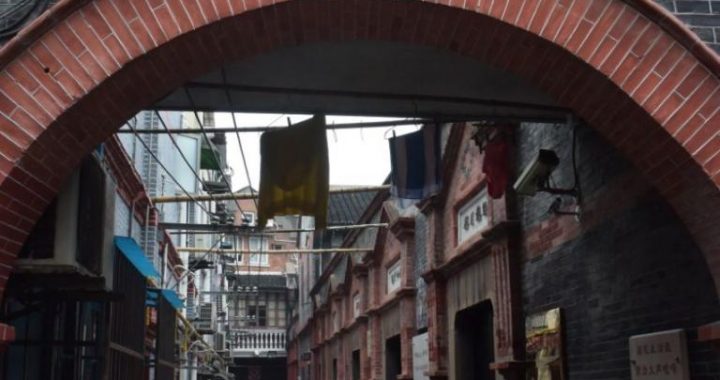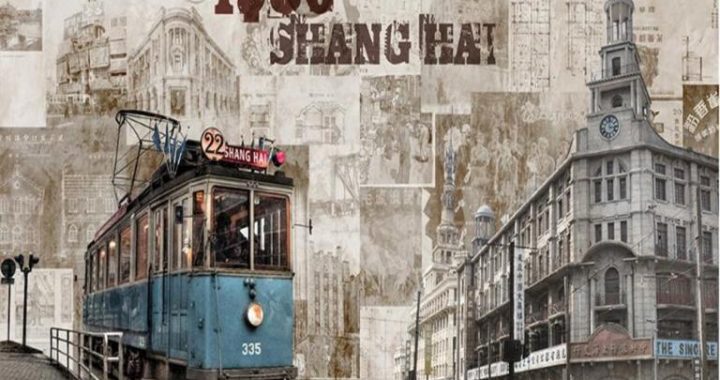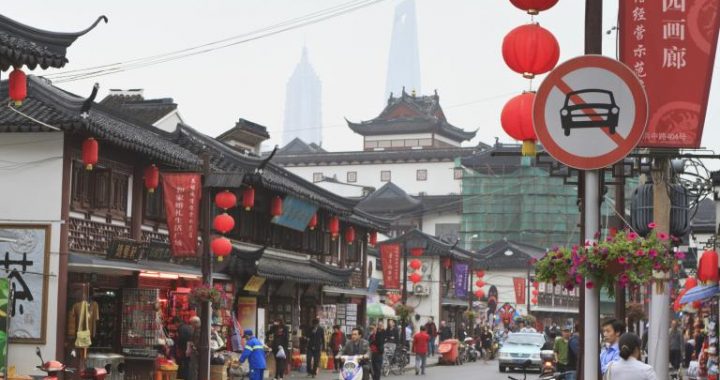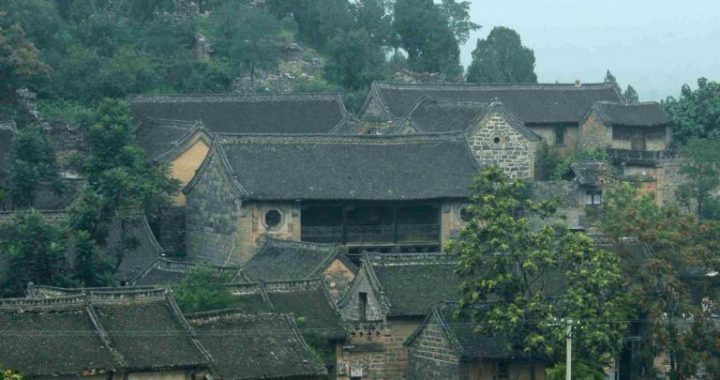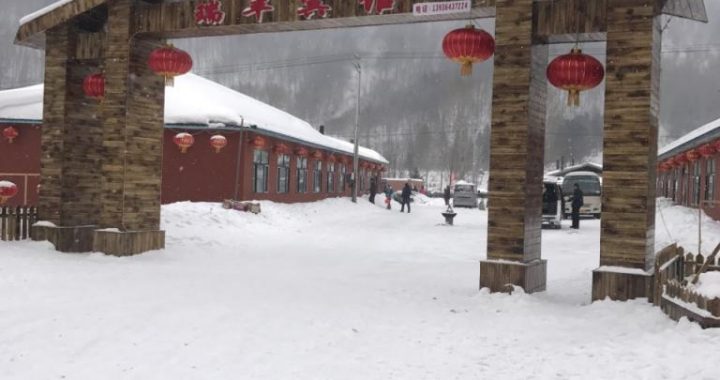Thousand-Year History of Playing Hockey
3 min readThe Daur people living along the Nenjiang River in China’s northeast practise agriculture,animal husbandry,fishing and hunting.Today,the Daur people are found in their autonomous counties in Inner Mongolia,Heilongjiang and Xinjiang,an ethnic minority of 130,000 people.
By historical records,the Daur people have a connection with the Qidan(Kitan),who lived in northchina in ancient times.Are they descendants of Qidan people?Nobody knows for certain.What makes this ethnic group world-famous is their traditional sport:hockey,a sport that can be found presently in many countries.Hockey is the Daur people’s pride.

The Daur people have a long history of playing hockey.During the Tang Dynasty(618-907),the sport was called bu da qiu.During the Song(960-1279)and Liao(917-1125)dynasties,the nomadic Qidan people in north China began to play it in a form similar to the present-day game.This sport was later lost among other ethnic groups,but has been kept popular among the Daur people,and this tradi-tional sport was called bei kuo by them.
When they are working in fields, during a break, they use tree branches as sticks and horse dung as pucks to play a game. On each significant holiday,a bei kuo game is indispensable, attended by master players from all tribes.A game held at night is spectacular: the puck on fire, blazing in the wind, flies to and fro against the dark sky. In recent years, with this sport becoming popular in China, many good players have left their homelands to play for the country.
The hockey game is closely related to their lives. When a girl marries, she will bring a nicely madehockey stick for her bridegroom. The Daur people have many expressions related to this sport,”Don’t throw your hat like a hockey ball,””Not much use, only good for a hockey stick,”or sarcastically,”Good for nothing when you don’t know how to play hockey.”
Besides the hockey game, the Daur people are strongly influenced by Shamanism,a word origi-nally from Niizhen(Nurchen) people, meaning,”a person possessed by a supernatural force.”Primitive Shamanism practices include worshipping nature, thunder, lightning, rivers, trees, fire, rocks, rein-deer, eagles and birds-all being supernatural to the Daur people. To harmonize their relationship with supernatural forces, the Daur people needed someone to act as a communicator. The task is taken by Shamans, who are able to guide a supernatural being from the heaven, help the sick people recover and exorcise evil spirits. For these reasons, Shamans are held in high regard by the Daur people.
The Daur people have had little contact with the outside world, and this contributed to Shaman-ism passing down in its primitive form. On a celebration,a worshipping ceremony, or when someone is sick,a Shaman is invited to present as the key figure on these occasions. When a Shaman conducts a service, he will wear a spectacular robe and use ritual objects to protect himself while exercising his power. His robe has symbolic patterns of living creatures, and over 100 bronze mirrors. With these objects, his robe may weigh up to 75 kilograms. In a ritual, he dances around holding a drum anda drumstick in an ominous manner. This is meant to show respect to supernatural beings and to scare away evil spirits. To the Daur people, the drum he holds is so powerful that all evil spirits will flee at its sound. Seeing such a ritual makes a very rare experience.
